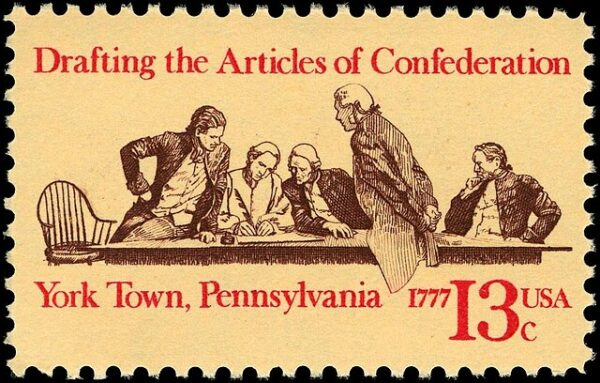On October 13, 1269, Westminster Abbey was consecrated after the completion of Lady Chapel. This beautiful chapel, with its remarkable gothic architecture and intricate stained glass windows, has been a focal point for prayer, reflection, and religious ceremonies for centuries. The consecration marked a pivotal moment in the Abbey’s history, highlighting its ongoing importance as a center of religious devotion and a repository of England’s cultural and historical heritage.
Officially known as the Collegiate Church of Saint Peter at Westminster, the Abbey is one of the most iconic and historic landmarks in London, England. Its rich history spans over a millennium and encompasses a wide array of significant events and people. The Abbey’s roots can be traced back to the 7th century when a small Benedictine monastery was founded on the site, which was then a marshy area along the Thames River. However, the Abbey as we know it today began to take shape in 1042 when Edward the Confessor, the King of England, decided to build a grand church as a testament to his faith.
The construction of Westminster Abbey was an ambitious project that lasted for several decades. It was consecrated on December 28, 1065, just a week before Edward’s death. The Abbey’s architectural style evolved over the centuries, reflecting various periods of English history. The original church featured a Romanesque design, but subsequent renovations and additions brought in elements of the Gothic style, resulting in the magnificent structure we see today. The elaborate flying buttresses, towering spires, and intricately carved stonework are hallmarks of Gothic architecture that contribute to the Abbey’s grandeur.
Westminster Abbey holds a unique place in British history as a site of royal coronations, weddings, and burials. The first coronation took place there in 1066 when William the Conqueror was crowned as King of England. Over the years, numerous monarchs have been crowned in the Abbey, solidifying its status as the “Coronation Church.” Additionally, it has witnessed many royal weddings, including the iconic union of Prince William and Catherine Middleton in 2011. The Abbey is also the final resting place for many notable figures, from kings and queens to poets and scientists, such as Geoffrey Chaucer and Charles Darwin.
The Abbey has also been the backdrop for pivotal moments in British history, including the signing of the Magna Carta in 1215 and the funeral of Sir Winston Churchill in 1965. Its enduring significance is further exemplified by its status as a UNESCO World Heritage Site.
In addition to its historical and ceremonial roles, Westminster Abbey is renowned for its architectural treasures and stunning stained glass windows. The Poets’ Corner, a section dedicated to famous writers and poets, is a place of reverence for literature enthusiasts. The Abbey’s collection of tombs, memorials, and sculptures is a testament to the nation’s cultural heritage. Furthermore, its rich musical tradition, with a world-famous choir and organ, has made it a center of excellence in choral music. Visitors from around the globe come to experience the awe-inspiring blend of history, architecture, and culture that is encapsulated within the walls of Westminster Abbey, making it a vital part of British heritage and an enduring symbol of the nation’s past and present.






